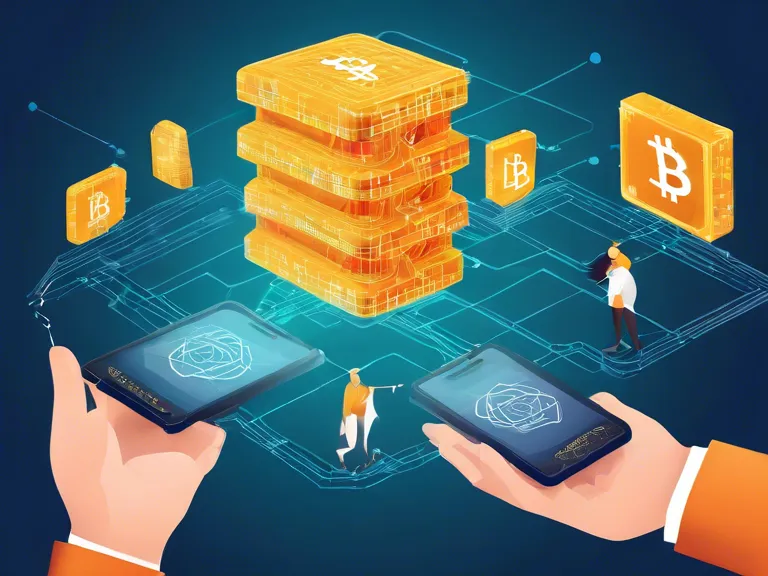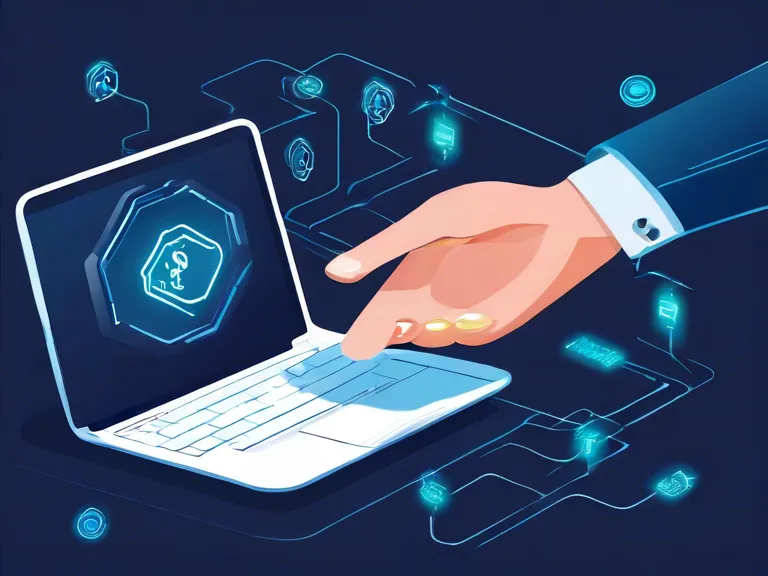
In recent years, blockchain technology has gained significant attention for its potential to revolutionize payment systems. However, one of the major challenges that blockchain faces is scalability. As a distributed ledger that records transactions across a network of computers, blockchain must be able to handle a large number of transactions quickly and efficiently in order to support global instant payments.
One of the key issues with current blockchain platforms such as Bitcoin and Ethereum is their limited scalability. These platforms have a limited capacity for processing transactions, leading to network congestion and slow confirmation times. This has led to high fees and long wait times for transactions to be completed, making them less than ideal for everyday payments.
In order to address this scalability challenge, developers have been working on various solutions to increase the capacity of blockchain networks. One approach is the implementation of second-layer solutions such as the Lightning Network for Bitcoin and the Raiden Network for Ethereum. These off-chain solutions enable faster and cheaper transactions by conducting most of the transactions off the main blockchain.
Another approach to increasing blockchain scalability is through the use of sharding. Sharding involves splitting the blockchain network into smaller, more manageable parts called shards. Each shard is responsible for processing a subset of transactions, which can significantly increase the network's capacity to handle more transactions simultaneously.
Furthermore, projects like Ethereum 2.0 are working on transitioning to a Proof of Stake consensus mechanism, which will improve the network's scalability by reducing energy consumption and increasing transaction throughput.
With these advancements in blockchain scalability, the prospect of global instant payments becomes a more plausible reality. As blockchain technology continues to evolve and improve, we can expect to see more efficient, cost-effective, and scalable payment solutions that can meet the needs of a global economy.



